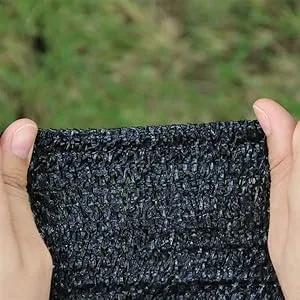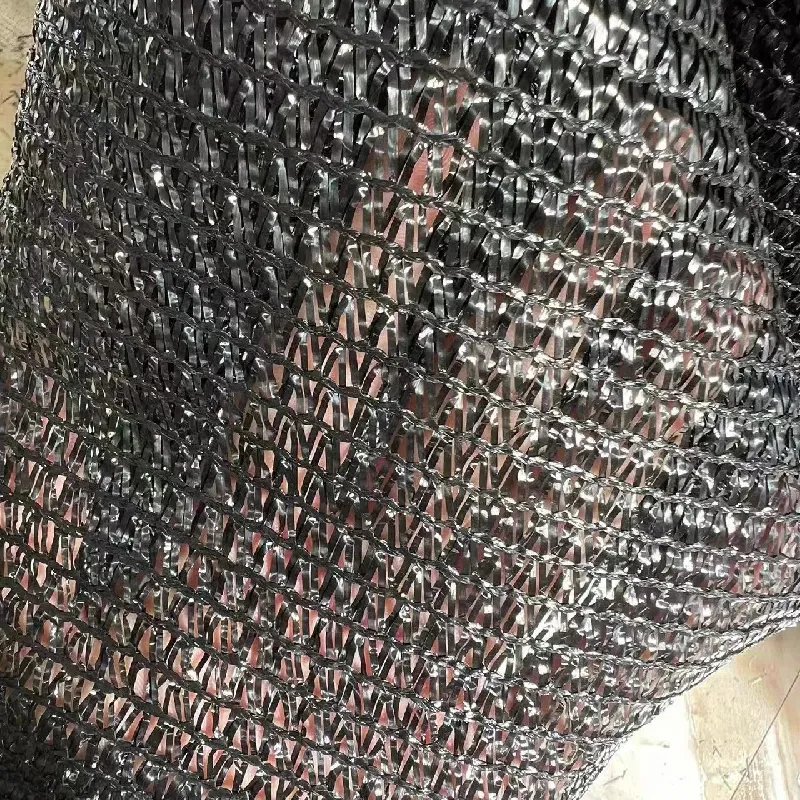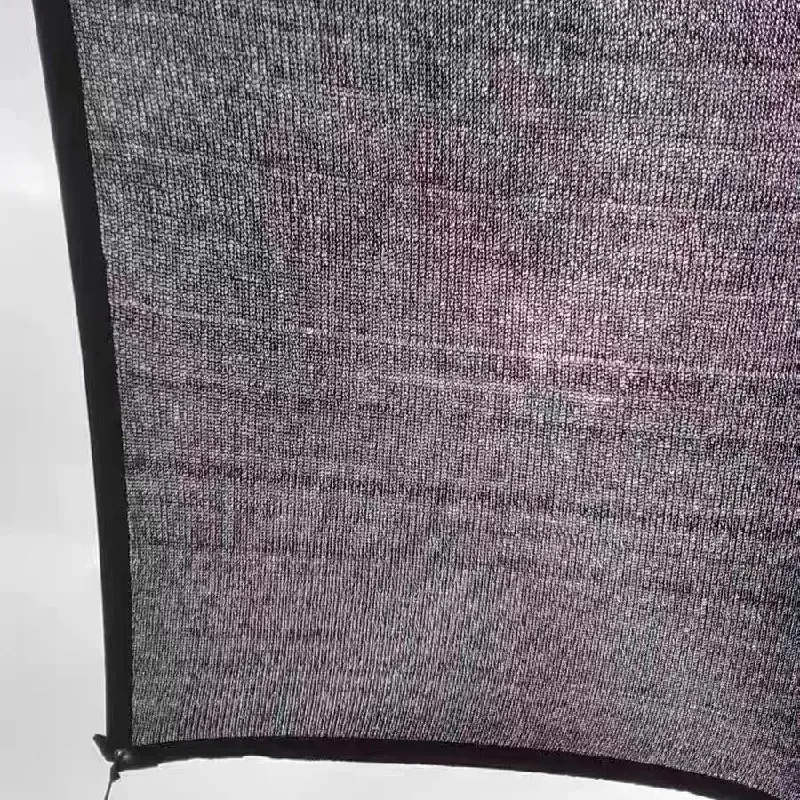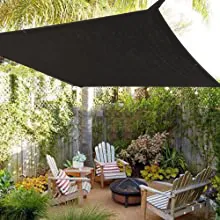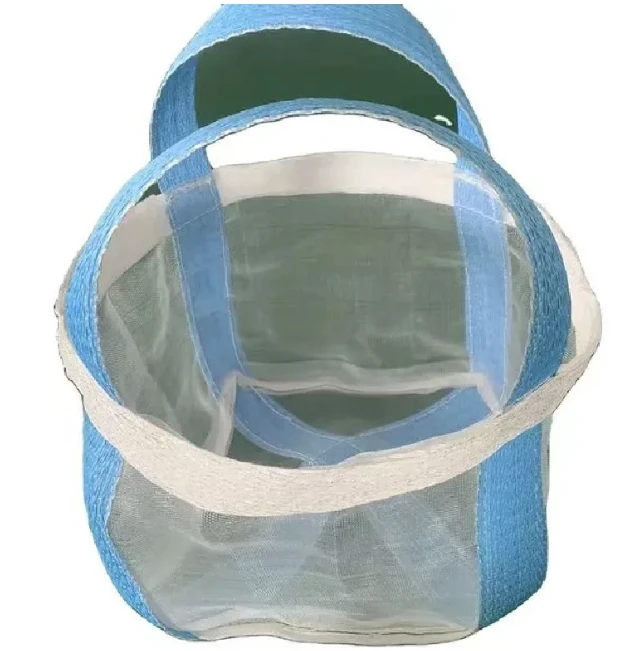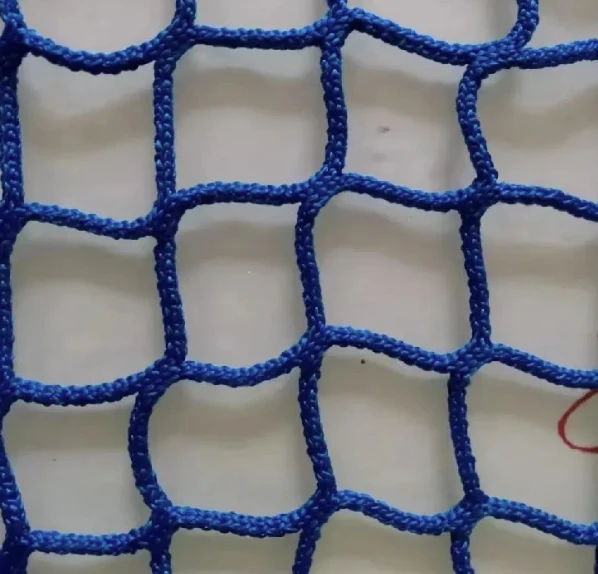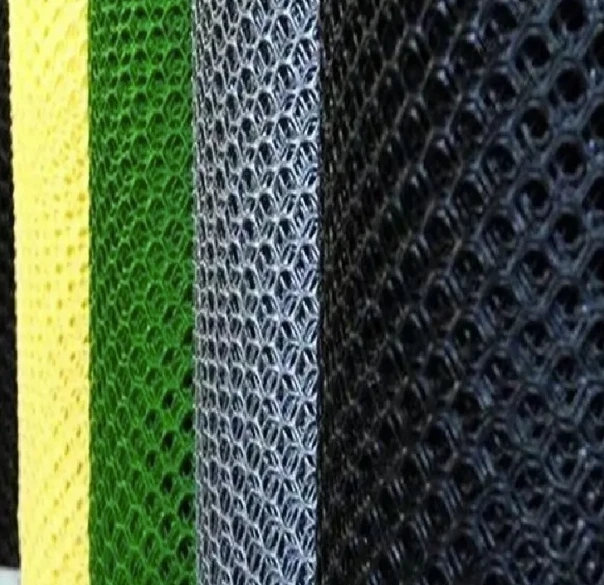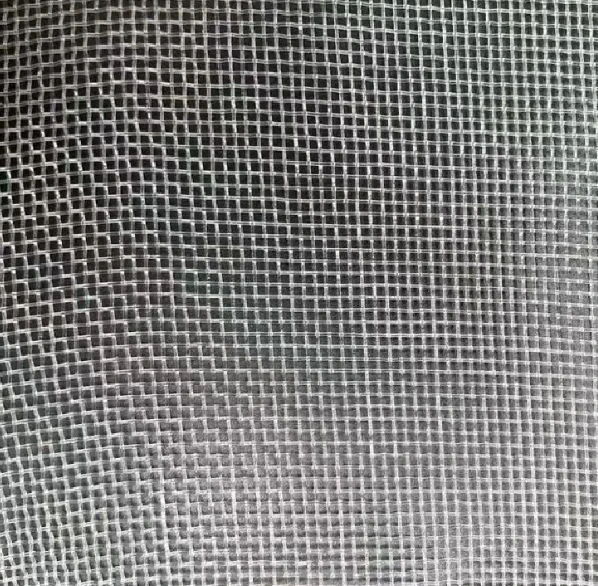A shading rate of 85% to 95% is ideal for protecting humans.
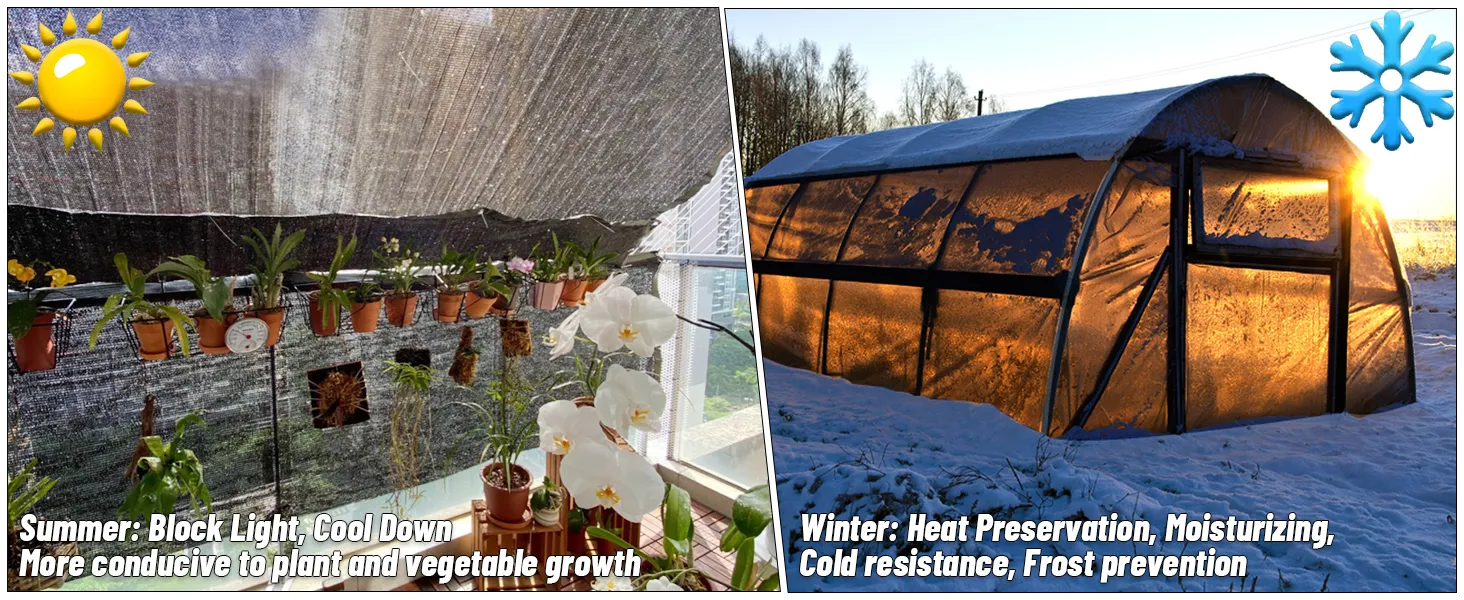
Product name: Newly upgraded thickened sunshade net
Product shading rate: 55% 75% 85% 95%
Bophara: 55% shading rate: 2 meters 3 meters 4 meters 5 meters 6 meters 7 meters 8 meters 9 meters 10 meters 12 meters
75% 85% 95% shading rate. Widths are 2 meters, 3 meters, 4 meters, 5 meters, 6 meters, 8 meters, 10 meters, 12 meters [customized widths supported]
Bolelele: 2 meters wide, 100 meters long, one bundle, the other bundle is 50 meters long [customized lengths supported]
Functional application: Widely used in ground protection/greenhouse/garden/nursery/vegetable greenhouse/courtyard shading/parking shed/home terrace, etc.
Product features: ho etsa moriti le ho pholisa hlabula, ho boloka mocheso le ho futhumala mariha, ho matla, ho tšoarella ebile ho thibela botsofali
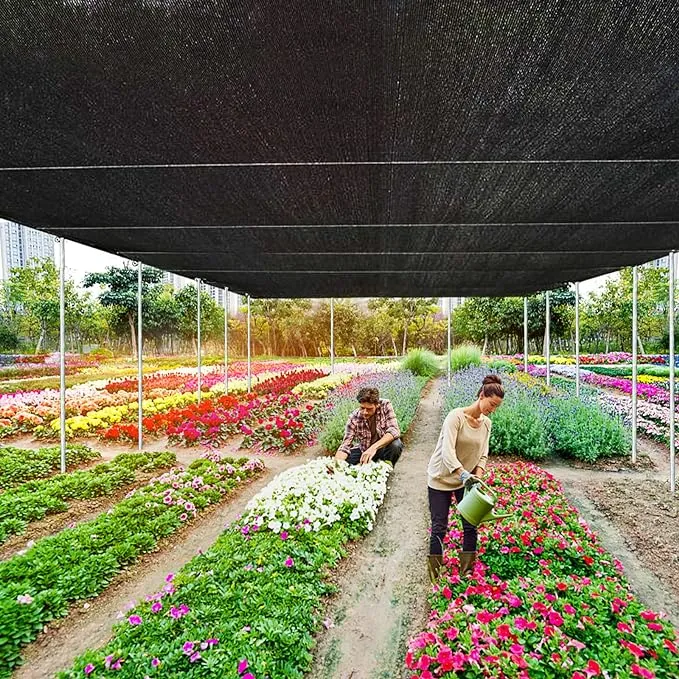
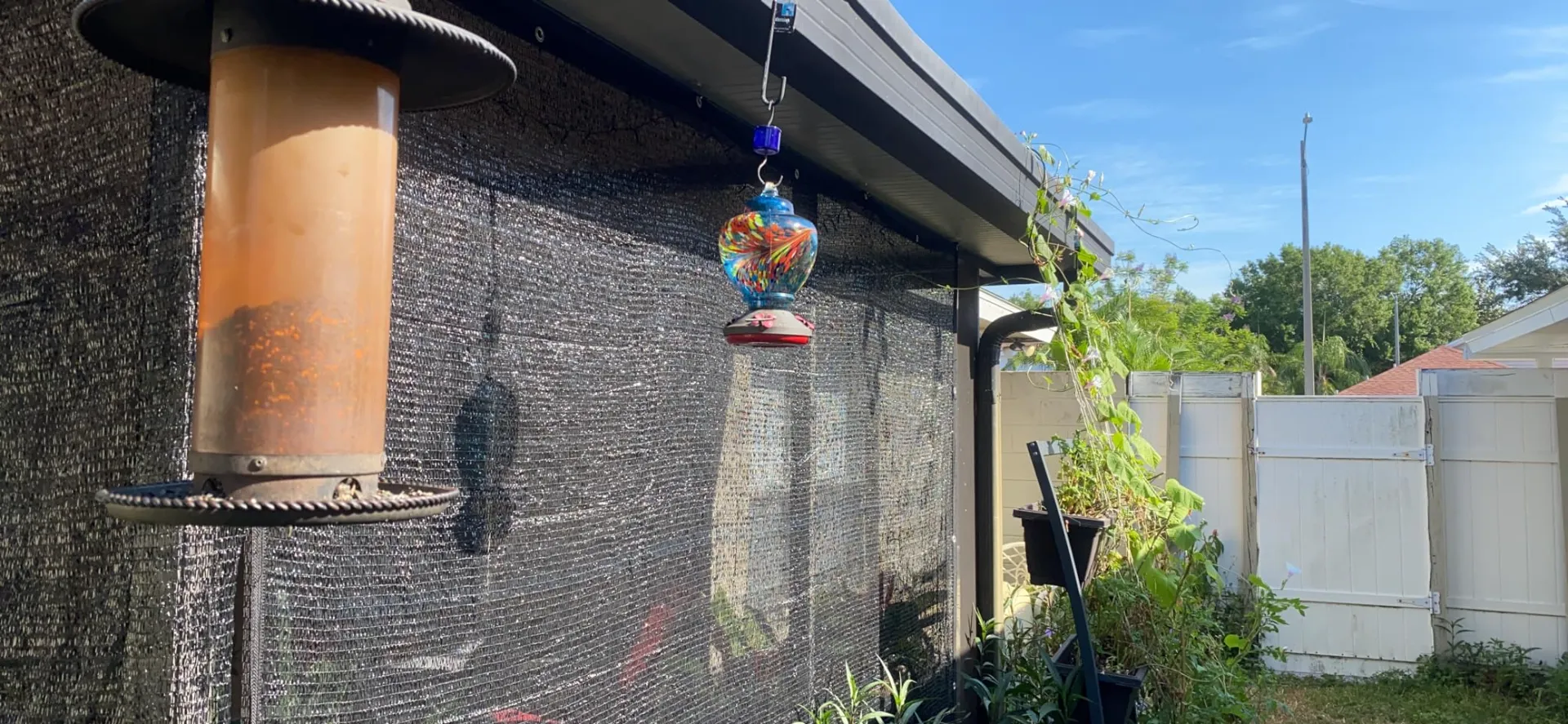

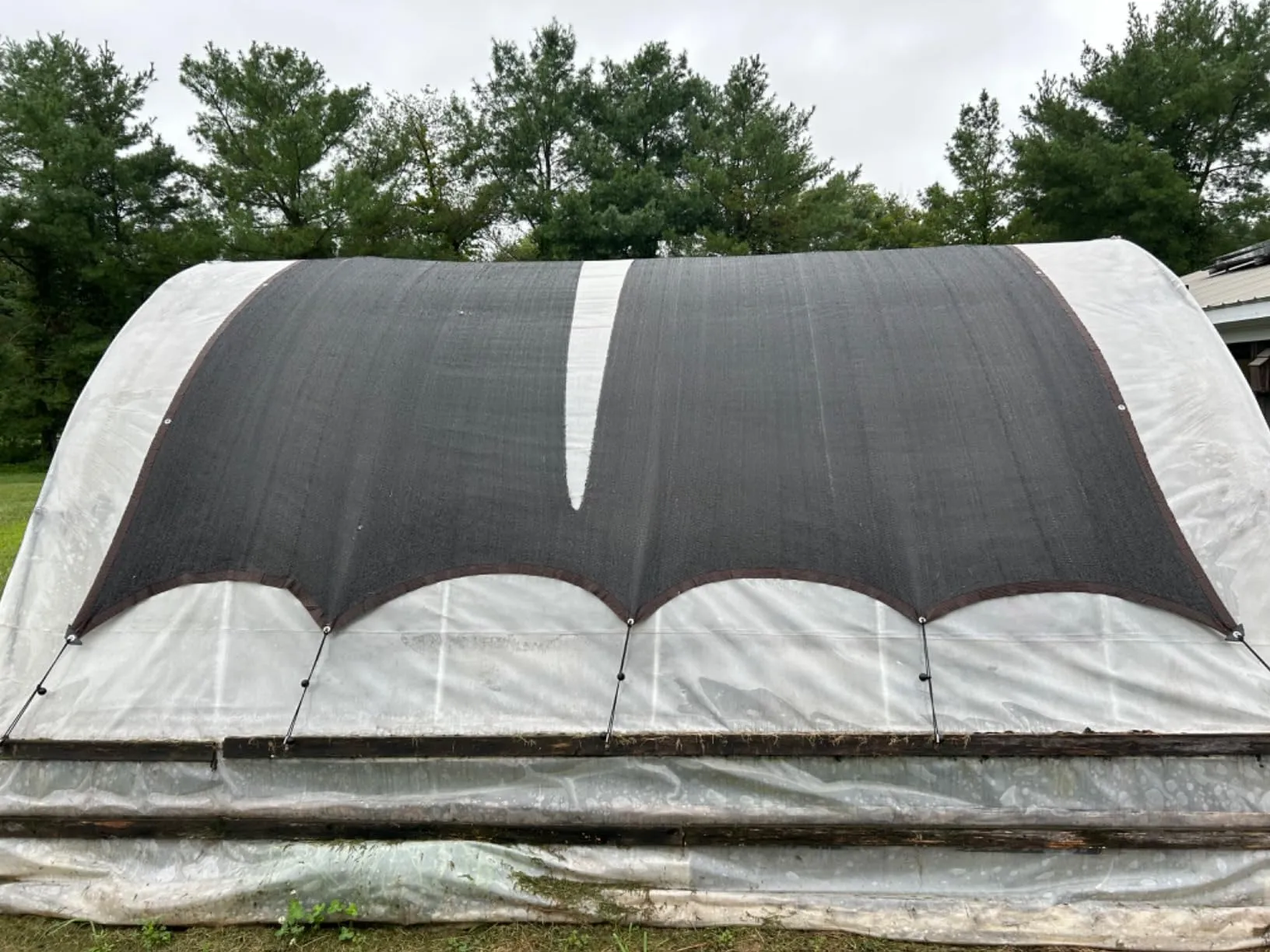
Haeba u batla ho etsa sebaka se nang le moriti o phutholohileng, letlooeng la moriti le tla etsa sebaka se pholileng bakeng sa hau le lelapa la hau, liphoofolo tse ruuoang lapeng kapa serapa. Ka hona, mesh ea moriti e thusa ho fokotsa litšenyehelo tsa motlakase hobane batho ha ba hloke ho bulela li-feni hangata le ho ba le sebaka se pholileng nakong ea likhoeli tse futhumetseng.
P: Na u feme kapa k'hamphani ea khoebo?
A: Re na le feme ea rona ea 5000sqm. Re baetsi ba ka sehloohong ba lihlahisoa tsa marang-rang le seile ba nang le phihlelo ea lilemo tse fetang 22 tsa tlhahiso le khoebo.
P: Ke hobane'ng ha ke u khetha?
A: Re ka fana ka litšebeletso tse ikhethileng tsa litsebi, taolo e tiileng ea boleng le litheko tsa tlholisano, nako e khuts'oane ea ho etella pele.
P: Nka ikopanya le uena kapele joang?
A: U ka romella lengolo-tsoibila ho re buisana le rona, Ka kakaretso, re tla araba lipotso tsa hau pele ho hora e le 'ngoe ka mor'a ho fumana lengolo-tsoibila.















































































































